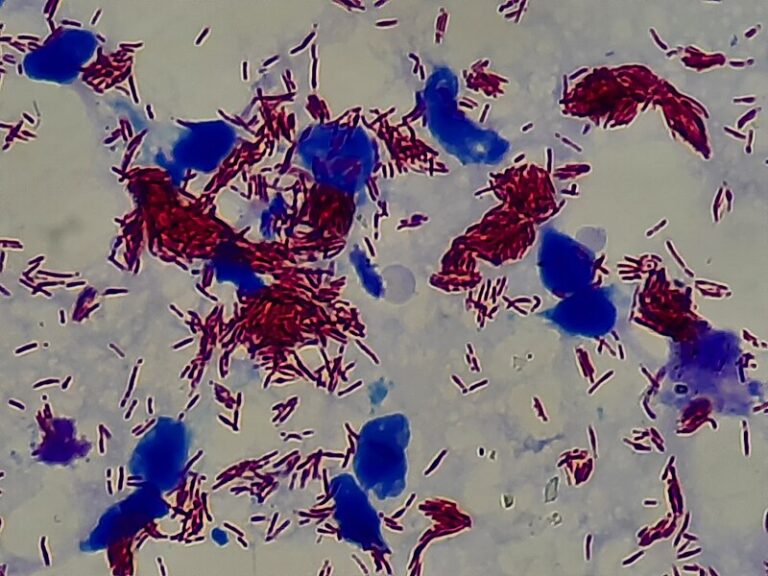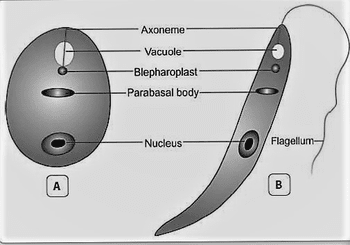Introduction
Types of anticoagulant
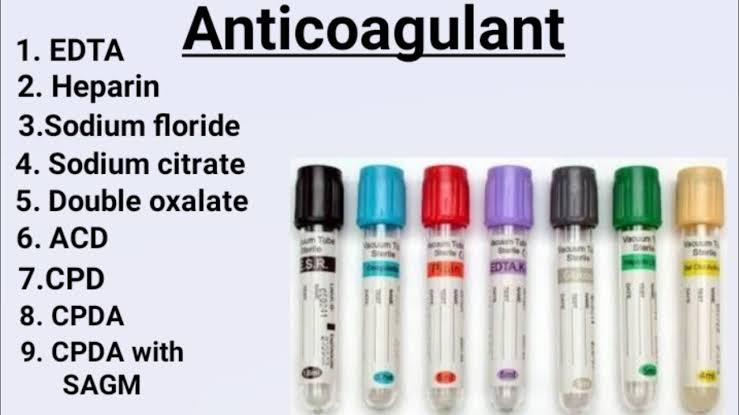
Introduction:-
. Anticoagulant is a substance that stops or prevent the blood clot.
. The specific type of anticoagulants used in specific tests and specific amounts are fixed for the test.
Types:-
Anticoagulant is two type
1. Natural
2. Artificial [or manufacture ]
1.Natural :- it is derived naturally in our body Eg. heparin
Heparin:-
Heparin is a natural anticoagulant.
Heparin is only one biological anticoagulant which cannot be prepared in a laboratory.
It is obtained from leech.
It is good and covalent not disturb the size of RBC.
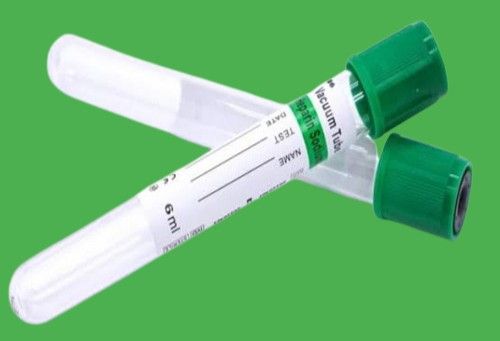
2. Artificial anticoagulant:-
Following type
1 .Fluoride
2 .Sodium citrate[ Tri sodium citrate and Di sodium citrate]
3 .EDTA[Ethylene Diamine Tetra acetic acid]
4 .CPD[citrate phosphate dextrose]
5 .Oxalate
1.Sodium Fluoride Anti-coagulant:-
Sodium fluoride is a weak anti-coagulant and prevents glycolysis by inhibiting the enzyme systems involved in glycolysis. It is used in combination of potassium oxalate. Usually one part of sodium fluoride and three parts of potassium oxalate are mixed to prepare anti-coagulated powder and 8 mg of this powder is used to collect 2-3 ml of blood.
Eg:- glucose
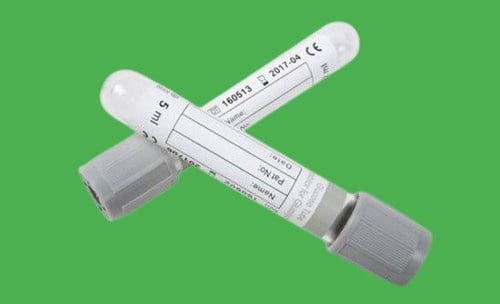
2. Sodium citrate [ Tri sodium citrate and Di sodium citrate]
Tri sodium citrate
Preparation:-
. This anti-coagulant is prepared by dissolving 3.8 grams of trisodium citrate in 100 ml distilled water.
. This anti-coagulant is 0.4 ml used for 1.6 ml of blood.
. Trisodium citrate mixed with dextrose then it is used in the blood bank .
Uses:-
This anti-coagulant is used for the storage of blood maximum of 21 days.
ESR [ erythrocyte sedimentation rate]
PT [ prothrombin time]
PCV [ pack cell volume]
Mode of action:-
Remove calcium and provide nutrition for a red blood cell.
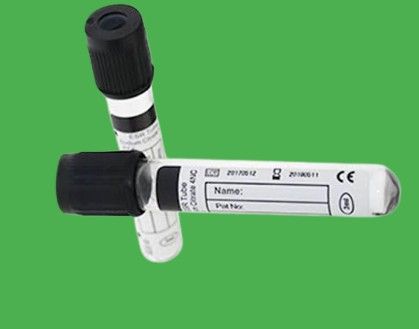
Di sodium citrate:-
This is used in solution form.
maximum period of storage of blood with this anticoagulant is 21 days. it is used in blood bank.
3. EDTA[Ethylenediamine tetra acetic acid]
Preparation of EDTA:-
. It can be prepared by dissolving 10 grams of EDTA in 1000 ml of distilled water.
. 0.4 ml of prepared anti-coagulant is required for 2 ml of blood.
. This anti-coagulant does not disturb the cellular structure.
. It cannot be used for biochemical tests.
Mode of action:-
It prevent coagulation by binding of calcium.
Uses:-
it is mostly used for hematological test such as eg ESR , CBC , Hemoglobin , blood cell count ETC
The storage period of blood is 2 to 3 days.
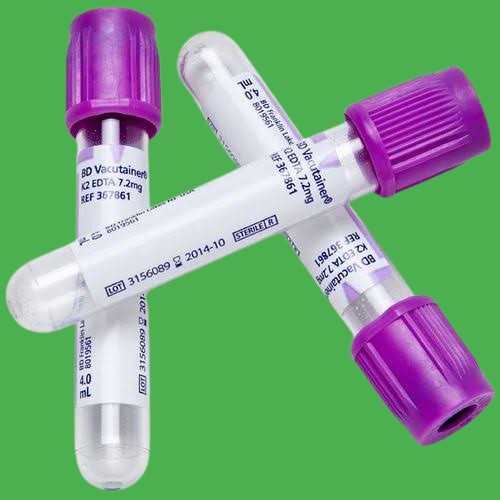
4. CPD [citrate phosphate dextrose]
This anti-coagulant citrate is dissolved in phosphate buffer.
Which maintains pH more accurately than ACD solution the dextrose provides nutrition for the cell.
The storage period of CPD is 21 days.
The disadvantage is that it is costly and difficult to prepare and adjust PH.
5. oxalate
Preparation:-
This is prepared by dissolving 1.2 grams of Ammonium oxalate and 0.8 ml of potassium oxalate into 100 ml of distilled water.
Uses:-
0.2 ml of anticoagulant was used for 2 ML of blood.
Estimation of Bilirubin.
Estimation of prothrombin time.
Estimation of Blood.
PCV

Anticoagulant color code?
Light blue- sodium citrate
Red- Serum
Lavender – EDTA
Grey – fluoride
Black- sodium citrate
Anticoagulant black color cap ?
Black color cap is sodium citrate anticoagulated vial. detail study then click below link.
What is the color of EDTA tube ?
color of EDTA tube cap is lavender.
What is EDTA anticoagulant ?
it prevent clotting and it is used in mostly hematology lab .
some test name prepare by EDTA
eg blood group , hemoglobin
What is EDTA full form?
Ethylenediamine tetra acetic acid .

